Cherokee Strip

Brief Synopsis
Cast & Crew
Lesley Selander
Richard Dix
Florence Rice
Victor Jory
Andy Clyde
George E. Stone
Film Details
Technical Specs

Synopsis
In 1893, Texan Dave Morrell is appointed U.S. Marshal and sent to Goliath, Oklahoma to restore law and order to the Cherokee Strip, the last of the Indian land, which is about to be opened for colonization. Dave's first brush with lawlessness occurs when he receives a telegram notifying him that the Poncha Center State Bank has been robbed. Soon after, outlaws Ben Blivens and Carter ride into town bearing money bags and enter the bank owned by Coy Barrett. Inside the bank, Coy accommodates the robbers by depositing the stolen money in return for a twenty-five percent "commission." After depositing their money, Carter and Blivens use the new marshal's sign for target practice, and Dave slaps them with a fine. Dave's boldness draws the attention of Senator Cross, who is drafting legislation to open the strip, and the Senator's son and daughter, Tom and Kate, who are conducting a census. Dave also attracts the attention of Ned Strawn and his cousin, Alf Barrett, whose family was embroiled in a feud with the Morrells in their home state of Texas. The feud was settled when Alf's brother Coy assured Dave that Alf, who murdered Dave's brother, was dead. Alf warns his brother that Dave is in town, and the Barrett clan begins to plot Dave's elimination. Soon after, Dave's deputy, Tex, walks into town after losing his horse and saddle at the Barrett hideout, where the gang runs a gambling house. That night, the town holds a welcoming party for Dave, and while Coy dances with Kate, Dave breaks into the bank and finds the stolen money bags, which he presents to Coy. The next day, the rest of the Morrell brothers, led by Frank Morrell, ride into Goliath, and Dave tells them that he suspects the Barretts of rustling Morrell cattle and asks them to wait outside of town until he sends for them. Meanwhile, Dave and Kate begin to fall in love but disagree over Tom's desire to carry a gun. When Tom, wearing his newly bought gun, visits the Barrett hideout on census business, he quarrels with Alf, who pulls a gun and shoots him. Under the pretext of retrieving Tex's horse, Dave and Tex ride to the hideout, where they find Tom's census paper with Alf's name on it. Hank Barrett realizes that Dave knows that Tom was there, and sends four of his men to ambush Dave and Tex. After driving off their ambushers, the lawmen find Tom's carriage bearing his dead body, and Dave sends Tex for his brothers, while he returns to town with Tom's body. Tom is greeted by Kate's recriminations and Coy's accusation of murder. When Alf rides into town to warn Coy of the approaching Morrells, the Barretts barricade the street. In the ensuing shootout, Frank and Alf kill each other and Dave arrests Coy. With law and order restored, Kay apologizes to Dave, who accompanies her and the Senator to open the new territory.

Director
Lesley Selander
Cast
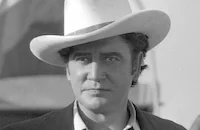
Richard Dix
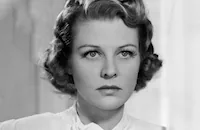
Florence Rice

Victor Jory
Andy Clyde
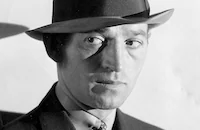
George E. Stone
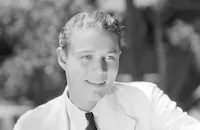
William Henry
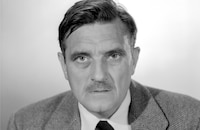
Morris Ankrum

Douglas Fowley

Addison Richards
Charles Trowbridge
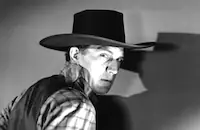
Tom Tyler
William Haade
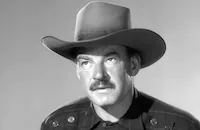
Ray Teal
Hal Taliaferro
Jack Rockwell
Robert Winkler
Crew
D. M. Abrahams
Henry Donovan
Jos. W. Engel
Russell Harlan
Norman Houston
Emile Kuri
John Leipold
Carrol Lewis
Bernard Mcconville
Bernard Mcconville
Earl Moser
L. J. Myers
Joe Popkin
Lewis J. Rachmil
Sherman A. Rose
Harry Sherman
Irvin Talbot

Film Details
Technical Specs

Articles
The Cherokee Strip -
By Frank Miller

The Cherokee Strip -
Quotes
Trivia
Notes
The credits and plot summary for this film were taken from a Paramount release dialogue script contained at the AMPAS Library and the opening credits of the film itself. Although onscreen credits list the family as "Morrell," the copyright records and New York Times list the family "Lovell." A news item in Hollywood Reporter adds that the film was shot on location in Lone Valley, CA. Producer Harry Sherman and director Lesley Selander also worked together on the Hopalong Cassidy series. Modern sources add Tex Cooper to the cast.














